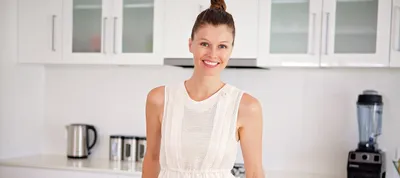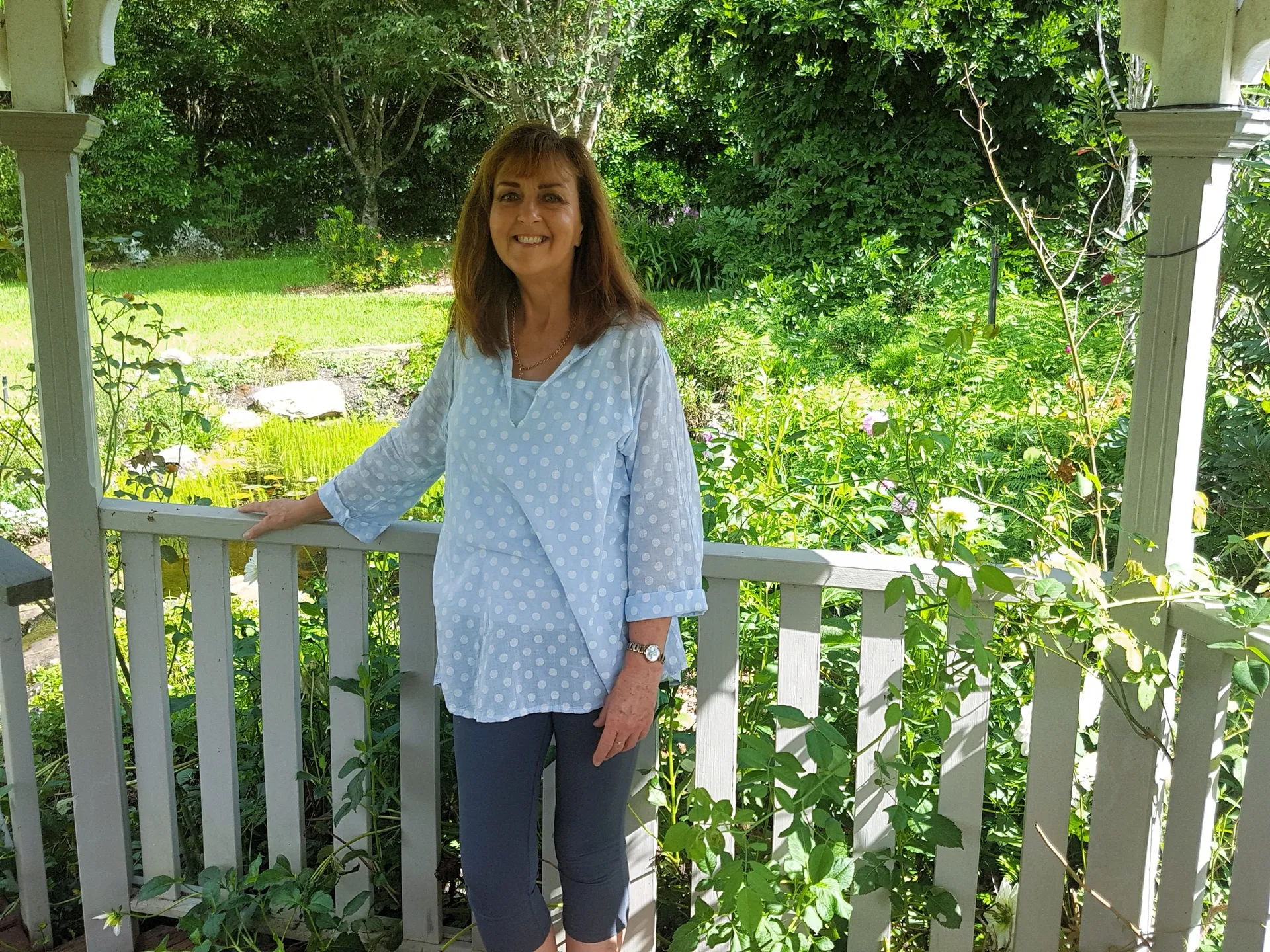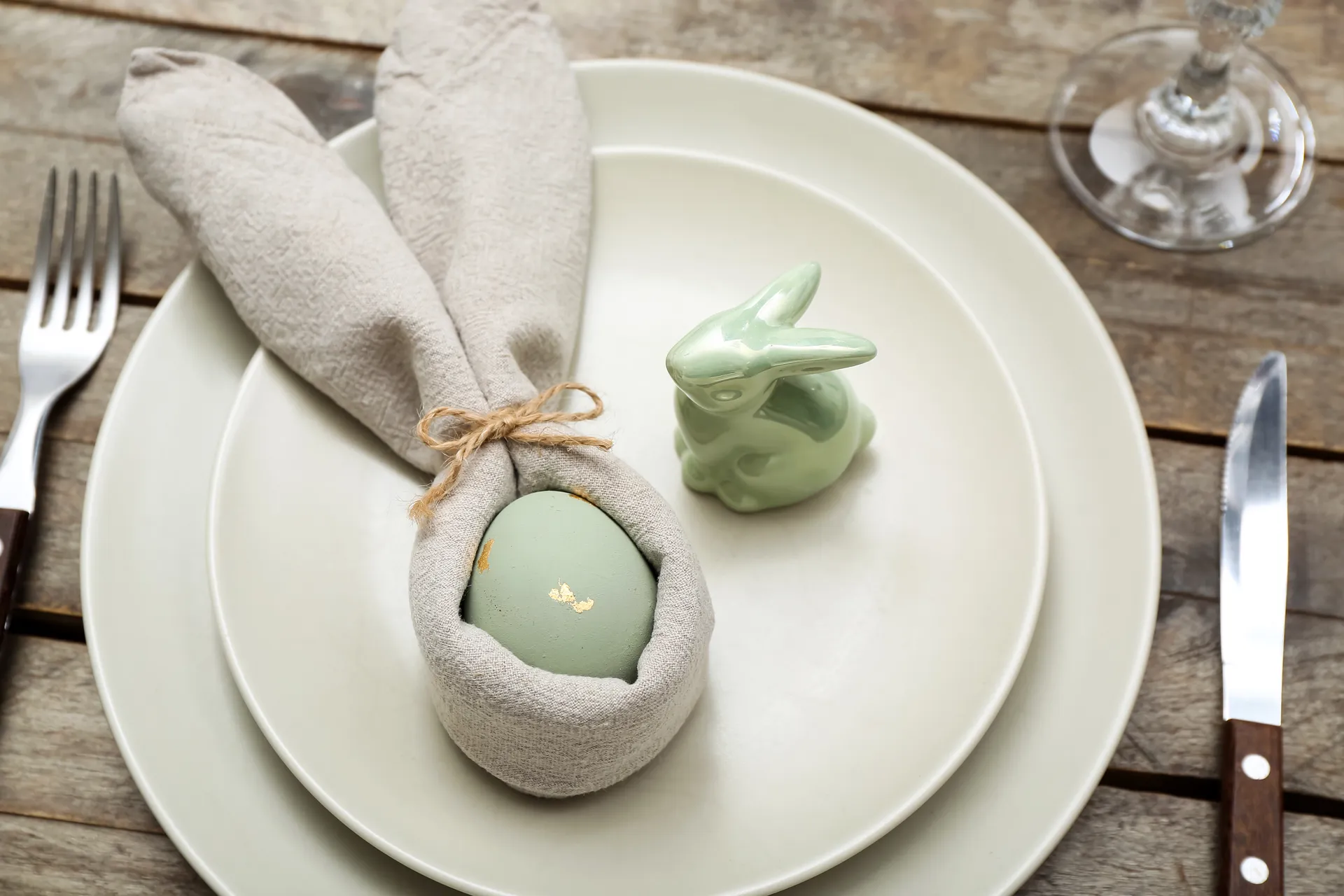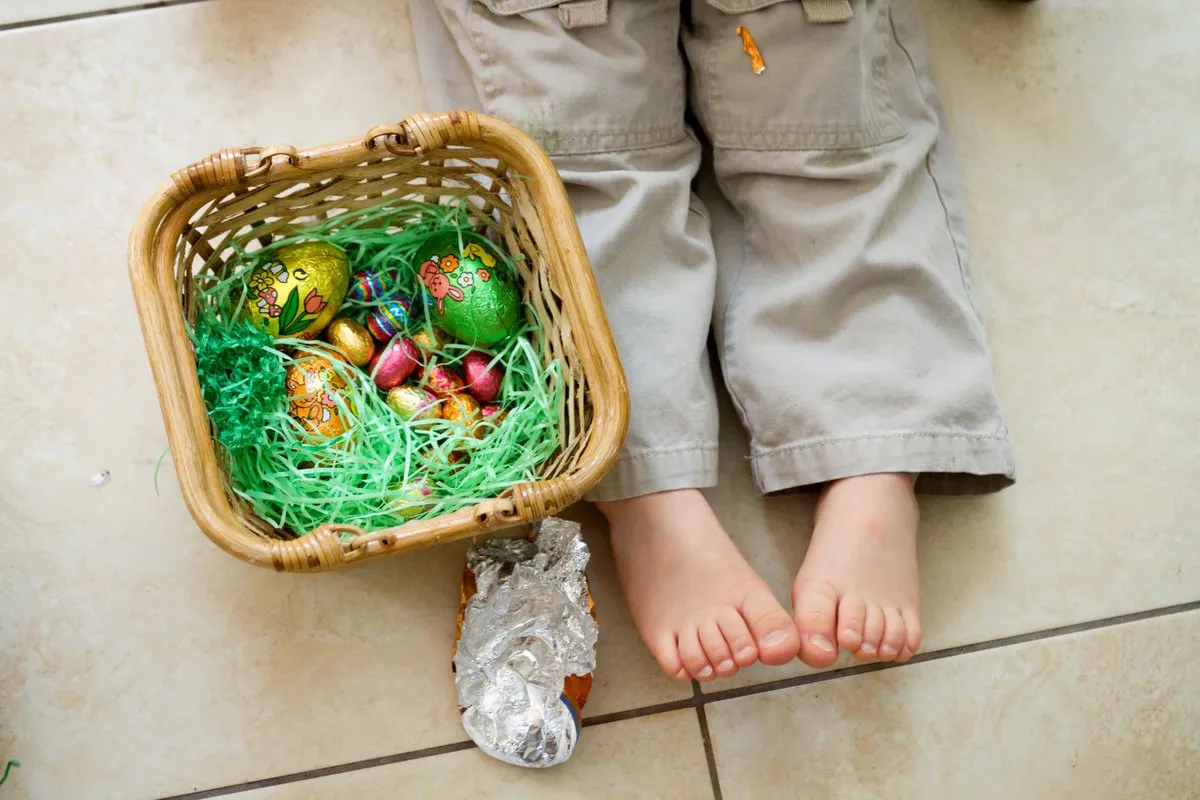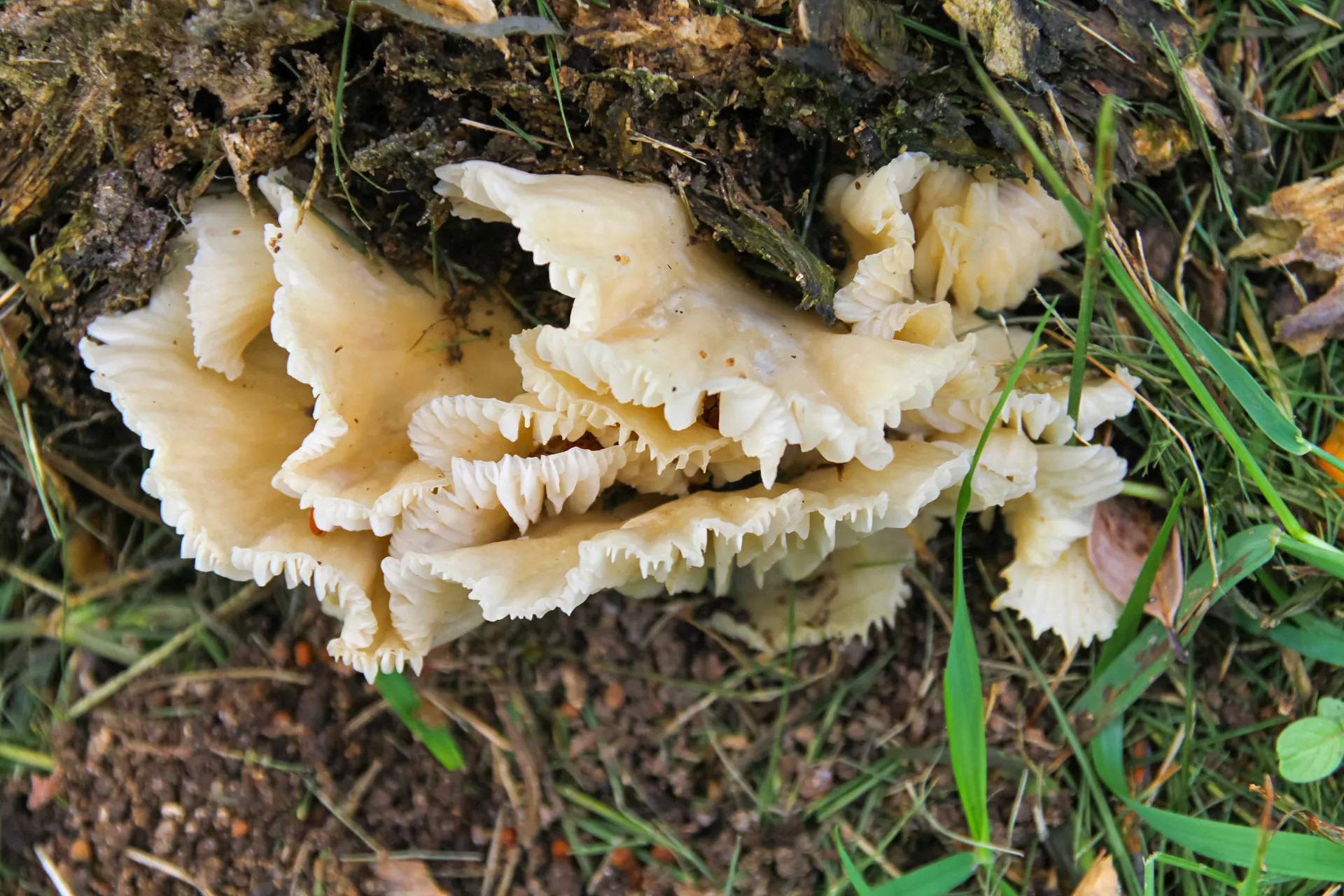Low-tox, eco-friendly furniture and furnishings for the home

Our homes are a place of refuge, where we escape from the world and spend time with loved ones. They're also where we tend to accumulate "stuff" - furniture, soft furnishings, clothing, toys, electronics, tools, kitchen goods…the list goes on.
Many of these items contain toxic chemicals that can reduce indoor air quality and negatively affect our wellbeing. When it comes to selecting furniture and furnishings, understanding the nasties that can be used in the manufacturing process and being aware of the eco-friendly options available can help ensure you select greener, non-toxic products for your home.
Choosing eco-friendly furniture
Have you ever purchased new furniture and wondered why it has a strange odour for the first few days, weeks or months? Glues, foams, timber treatments and plastics commonly used in sofas, mattresses and pressed-wood furniture regularly contain hazardous materials and Volatile Organic Compounds (VOCs) that can release unhealthy gases over time.
VOCs contain carbon that evaporates into the atmosphere at room temperature. When used in building or interior products, VOCs slowly make their way to the surface and 'off-gas' into the surrounding air. Over time, the off-gassing reduces and the smell will no longer be apparent. However, with so many items in the home containing VOCs, the collective impact of these gases can affect our health, with common symptoms including eye, nose and throat irritation, headaches and lethargy according to Australian Government's Your Home website.
A well-known VOC is formaldehyde, a colourless gas with a pungent odour which is also a known carcinogen. Formaldehyde is found in resins used to manufacture pressed wood products such as plywood and particleboard commonly used for panelling, furniture, kitchens and cabinetry.
Negative environmental impacts can manifest throughout the entire product lifecycle of furniture, from manufacture, to use and ultimate disposal, say Paula Clasby from GECA, one of Australia's leading ecolabelling programs.
"Many materials are used in the manufacture of furniture including raw materials, coatings, textiles and adhesives," Paula said. "It is important to consider the environment at each stage of the process. For example, illegal harvesting and unsustainable management of wood and fibre raw materials can threaten ecosystem health and local communities in countries where raw materials are harvested."
"Pollutants and toxins from the manufacturing process can threaten local air quality, while discharge of water and damaging substances can threaten aquatic ecosystems," Paula said.
So how do you ensure the furniture selected for your home is not harming the environment or your health? Here are some tips:
- Favour handmade furniture from local artisans and ask about the glues, resins or sealers used in manufacture prior to purchase
- Choose upcycled or recycled furniture from friends, thrift stores or garage sales. This keeps existing items in circulation and helps decrease demand for raw materials for manufacturing new furniture. Older furniture has most likely ceased off-gassing.
- Consider longevity: buy items you love and that will last
- Seek out manufacturers of furniture, fittings and foam products that have been certified by an independent body such as GECA, Certified B Corporations or EcoSpecifier
It's also worth considering what happens to furniture you no longer want. Charity stores are reporting a glut of furniture and other unusable items, with excess donated furniture often ending up in landfill. Try selling on gumtree or local social media groups, giving away to friends or family, upcycling, or listing on GIVIT, a national non-profit organisation connecting people who have items with individuals and families in need. Also, check out opportunities for donating second hand furniture at your local tip or waste recovery centre.
Gorgeous furnishings that don't cost the earth
In our throw-away society, stores are laden with decorative items for the home - from curtains, cushions, and throws to photo frames, ornaments and other homewares.
Many of these items are cheap, contain nasty chemicals and are almost disposable, allowing us to buy on a whim and throw away after a very short life in our homes. But there is no such thing as 'away'. Our discarded items ultimately end up in landfill where they continue to add to the stockpile of unwanted stuff choking the planet.
Fortunately, there are endless ways to create gorgeous interiors using sustainable materials. If you're unsure where to start, try focusing on natural materials such as ethically sourced timber for homewares; natural fibres such as cotton, bamboo, wool, hemp or jute for throws, rugs and cushion covers; and recyclable materials such as ceramics and glass for ornamentals.
Here are some tips for eco-friendly furnishings:
- Avoid mass-produced, new items made from synthetic materials where possible
- Embrace natural materials for home decorating projects
- Get creative and upcycle or recycle items already on hand, or source from a garage sale or thrift shop
- Support local artisans and craftspeople such as artists, ceramicists, sculptors and woodworkers for unique pieces…or get creative yourself
- Buy second hand from ebay, gumtree, garage sales or thrift shops
- Buy online from third party sellers who verify the environmental and ethical credentials of products they sell
- The Recycle Markets at Sunshine Coast waste recovery centres, RecycleWorld in Redlands and Moreton Bay's Treasure Markets are a great source of second-hand bargains
- Avoid items that use artificial fragrances and scents such as reed diffusers, incense and candles (these can contain hazardous synesthetic chemicals), use essential oils or cut flowers/herbs instead
Resources:
